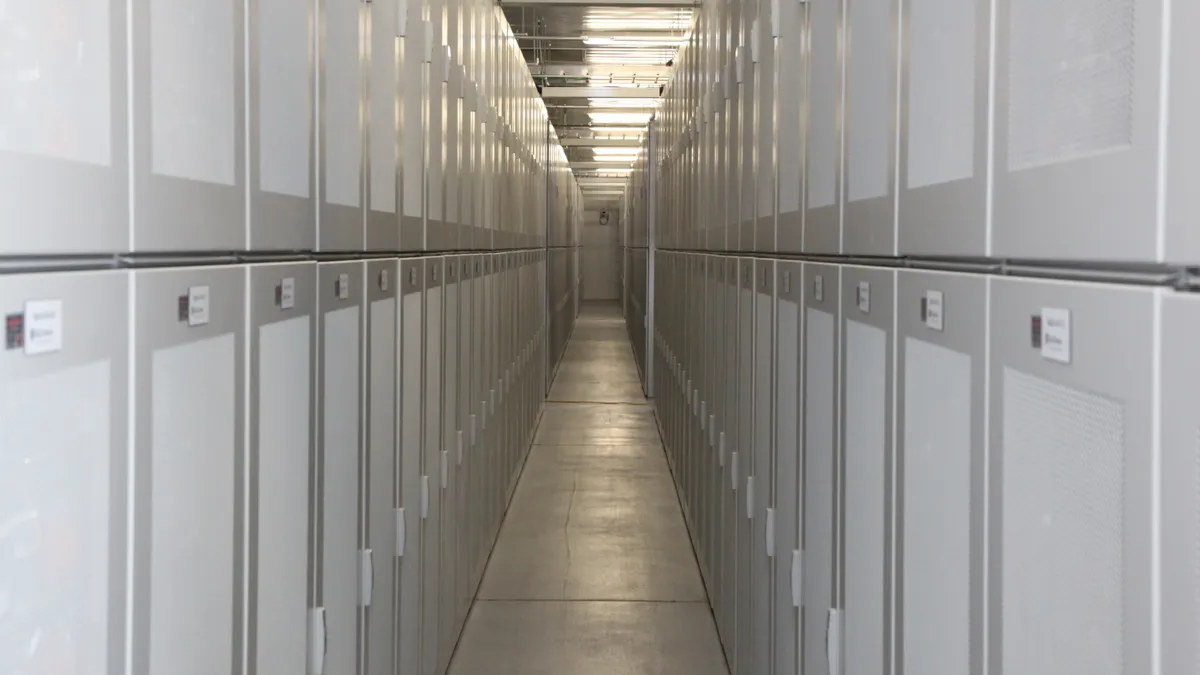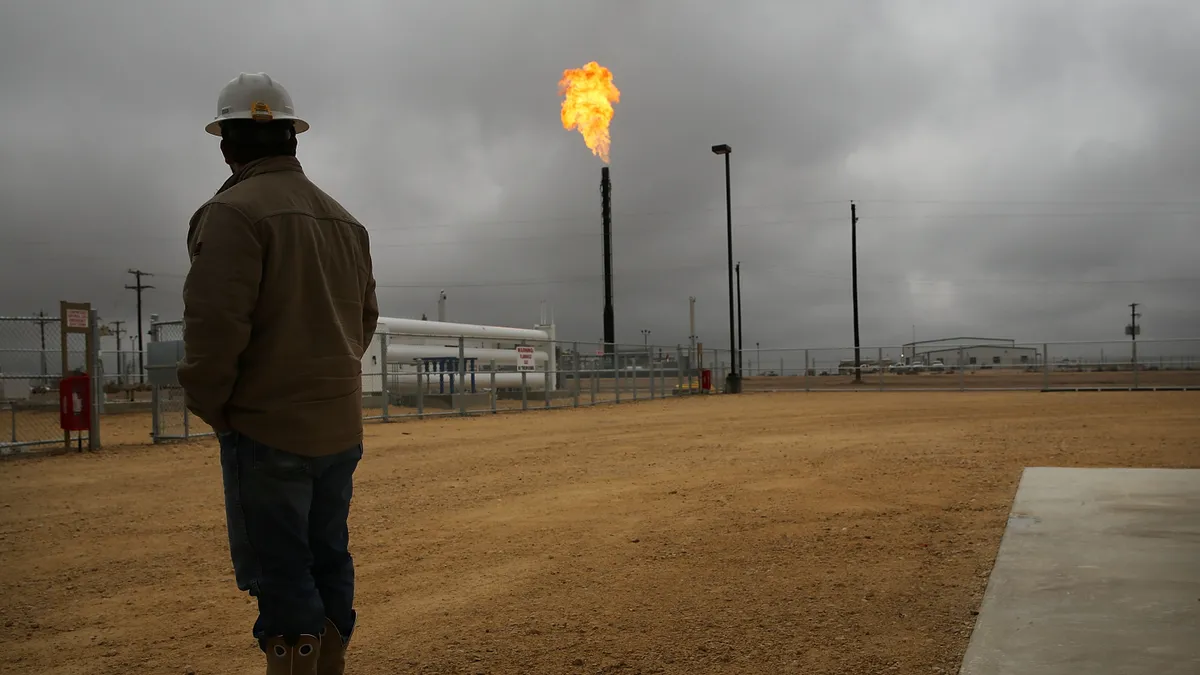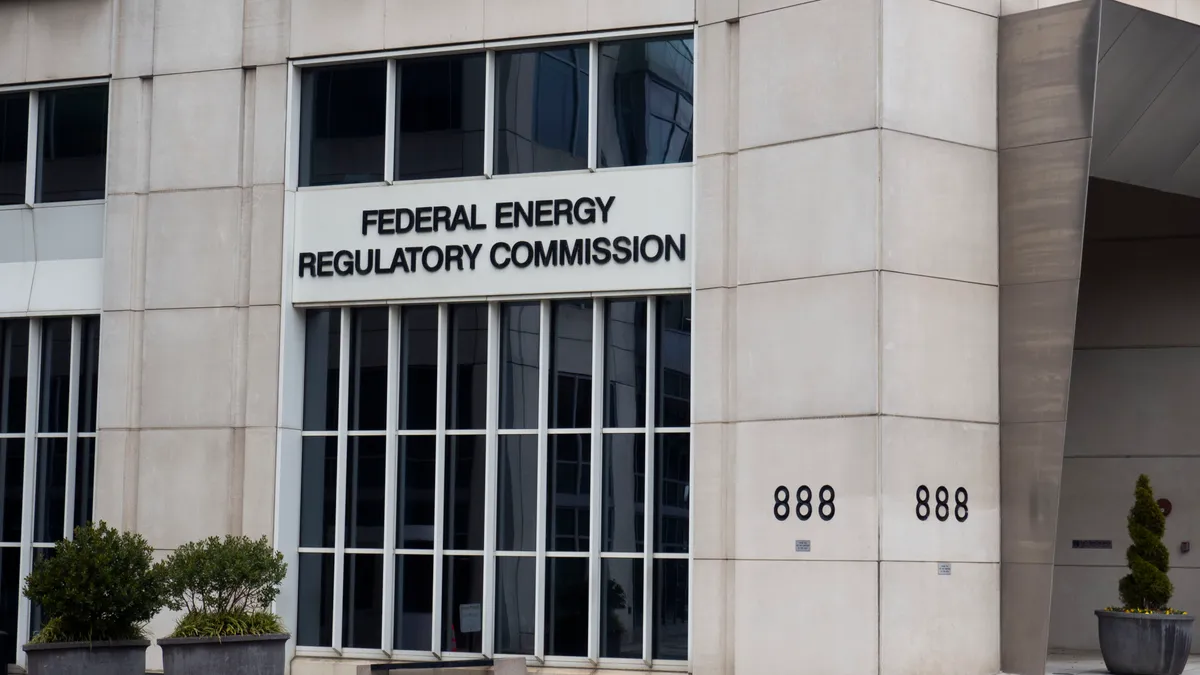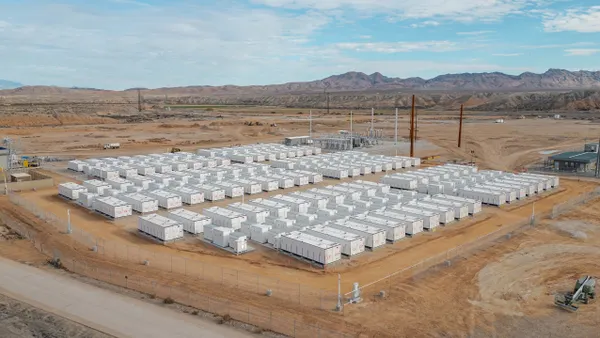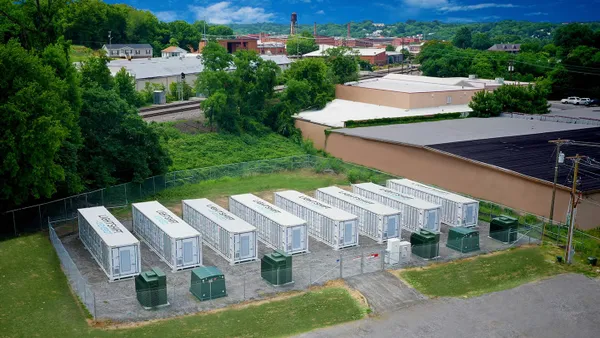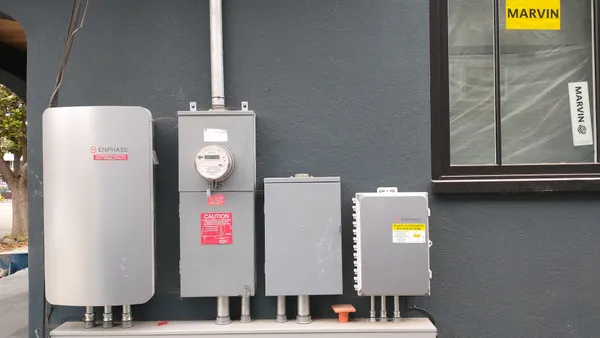Dive Brief:
-
The United States still leads the global market for energy storage, but China is catching up quickly, according to a new report from GTM Research.
-
The U.S. had the lead in terms of energy capacity, with deployments totaling 431 MWh, while Australia had the lead in terms of power capacity, with 246 MW of deployments in 2017. Global totals for both measures in 2017 were 2.3 GWh and 1.4 GW, respectively.
- GTM predicts the U.S. will retain its lead in energy storage through 2022, but by 2019, China is expected to become the second largest market for energy storage.
Dive Insight:
As policies and market mechanisms continue to evolve, the global market for energy storage is expected to grow exponentially, reaching 8.6 GW for power capacity and 21.6 GWh for energy capacity by 2022, according to GTM’s new global report.
Global Energy Storage: 2017 Year in Review and 2018-2022 Outlook, highlights several trends affecting energy storage deployments.
In the United States, which saw record deployments in the first quarter of 234 MWh, one of the big drivers was the California Public Utilities Commission’s expedited procurement mandate to meet storage needs stemming from the closure of the Aliso Canyon gas storage fields.
While California has been a leader in energy storage policy for years, last year saw other states, namely, New York and Massachusetts, set energy storage targets.
In addition, several states have initiated legislative and regulatory efforts designed to give energy storage a bigger role in system plans. Arizona utilities, for instance, have included almost 600 MW of energy storage in their latest integrated resource plans. And the Arizona Corporate Commission recently called for 3,000 MW of energy storage by 2030.
Policy changes in Europe have also favored energy storage, with the U.K. and German markets seeing strong growth last year — 117 MW and 135 MW, respectively. The U.K. deployments are mainly the result of responses to National Grid’s solicitations for frequency response, but that market is undergoing changes and is facing a glut of projects with 3 GW of projects prequalifying but only 400 MW securing contracts.
South Korea is another market where policy initiatives have driven energy storage growth. The national electric utility, Korea Electric Power Co. (KEPCO), in 2014 launched an initiative to deploy 500 MW of energy storage to provide frequency regulation services. By the end of 2017, KEPCO had deployed more than 370 MW of energy storage in aggregate, including 112 MW of projects deployed in 2017.
In terms of residential storage, Germany has a robust market with nearly 80,000 behind-the-meter installations in 2017, largely driven by the declining value of rooftop solar incentives. However, the biggest residential storage market in 2017 was Australia, which saw a tripling of residential deployments over the past year.
The Australian residential market is being driven by high retail electricity rates and diminishing or expiring feed-in tariffs that make self-consumption of solar power via energy storage attractive for homeowners.
That has made Australia the preferred testbed for new residential energy storage products, the GTM report authors said. They noted that several technology vendors first introduced their residential product portfolios in Australia.


